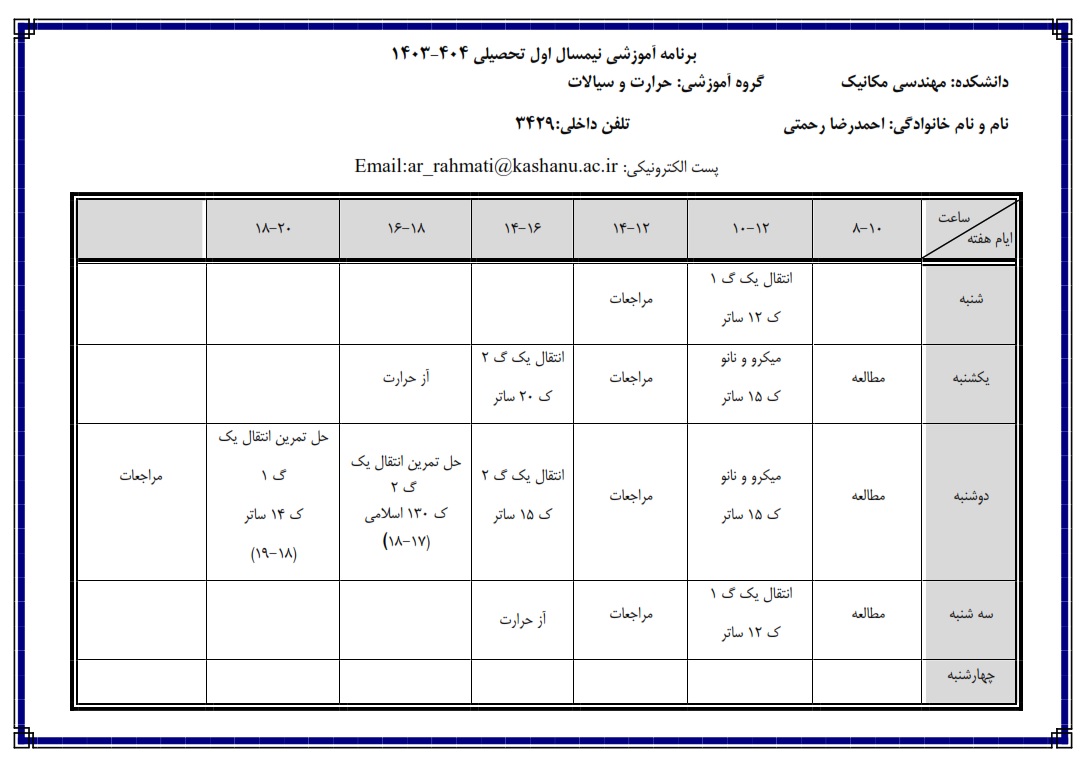| نویسندگان | احمدرضا رحمتی-علی اکبر طاهری |
|---|
| تاریخ انتشار | 0-0-01 |
|---|
| نمایه نشریه | ISI |
|---|
چکیده مقاله
Abstract In the present work, for the first time, laminar natural convection of water-TiO
nanofluid
around a hot obstacle in a square cavity is simulated by Lattice Boltzmann Method (LBM).
The effect of Rayleigh number, obstacle dimension, volume fraction of nanofluid, cavity dimensions,
surface ratio and various models for computing of thermal conductivity coefficient and viscosity
coefficient on Nusselt number and heat transfer around hot obstacle in enclosure has been
investigated. The results show that by increase in Rayleigh number and volume fraction, average
Nusselt number will increase. The average Nusselt number will increase when obstacle dimensions
increase to 0.5 L but it will decrease when the obstacle dimensions increase to 0.7 L. Vortexes will
create in 0.8 L and it causes to increase heat transfer. By reduplicating the obstacle width, heat
transfer is better than reduplicating the obstacle length. The average Nusselt number increases
by increase in cavity length and it will decrease by increase in cavity wide. All results are equal
in Hamilton-Crosser and Maxwell-Garnett model when the surface ratio is one. But heat transfer
will increase by decreasing surface ratio. The average Nusselt number in Wang model is less than
Nusselt number in Brinkman model.
2

